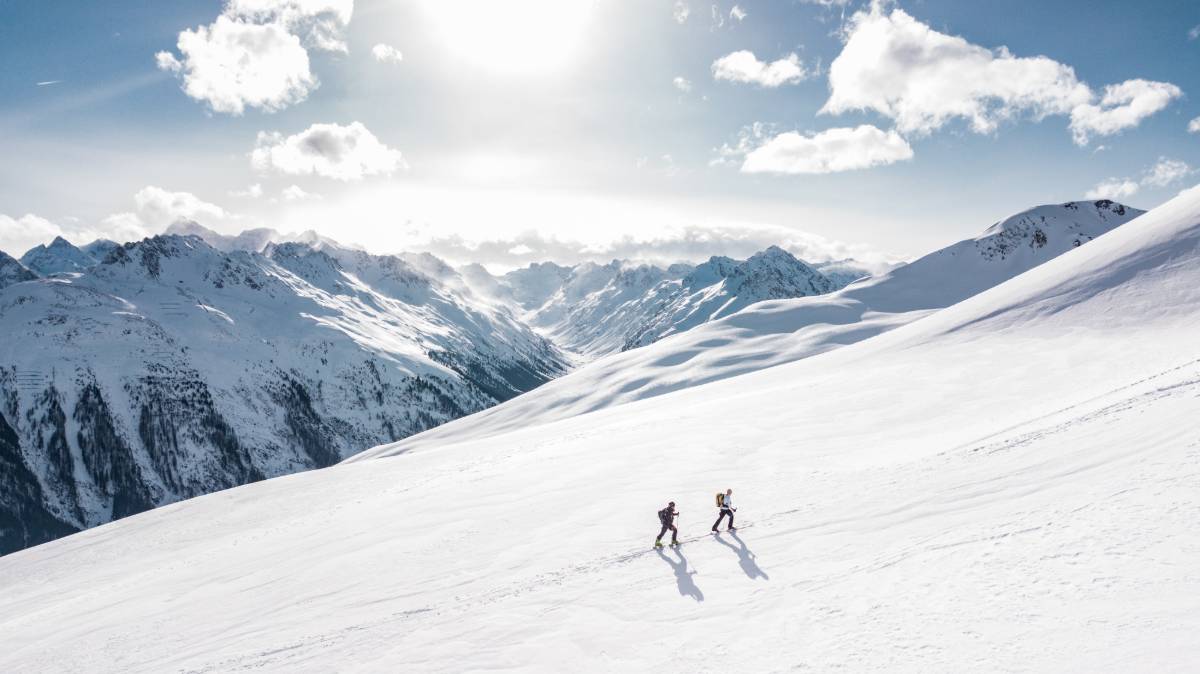
Want to get to the end of your skiing holiday rejuvenated and, most importantly, injury-free? The answer is to prepare your body during the weeks leading up to your trip.
This will not only reduce the risk of injuries and falls, but also improve your performance on the slopes. Mr Simon Moyes, Orthopaedic Surgeon and Sports Medicine Expert, shares his tips on how to get ski-ready.
Why is pre-ski training so important?
Specific training is important because winter sports work your muscles in a different way to traditional exercise, demanding a mix of eccentric, isometric, and concentric muscle work to turn, skid, carve, and jump.
A full day of skiing can therefore be quite a shock to the body – particularly if your job requires you to be desk-bound most of the day.
How to prepare your body
Before a ski trip, it’s recommended that you complete the below drills to improve overall fitness, posture, balance, and even your ski technique. Try to do these exercises in front of a mirror, so that you can observe your form throughout.
- Check yourself – Observe your ski position sideways in the mirror. Tuck your bottom under as far as you can, then stick it out as far as you can, then move 50 per cent of the way between the two. The aim is to retrain hips and pelvis to find the ideal half-way 'neutral' position, enabling muscles to work properly.
- Prepare your knees – Standing in the ski or snowboard position, bend your knees forward. The middle of your kneecap should be directly above your second toe. Bend and straighten your knee in the correct position for about 30 to 60 times daily for a week or two before your trip. This will ensure you are correctly positioning your knees when skiing, reducing the chance of suffering with knee pain.
- Build strength in your quads (front of thighs) – Split squats and step downs are one of the best ways to strengthen your quadriceps for skiing. Try with just bodyweight initially, then add weight gradually using dumbbells (or even just tins if working out at home). Quadricep muscles work in two ways on the slopes, helping as you both bend and straighten the knees.
- Build strength in your glutes (buttocks) – To strengthen your gluteal muscles, try the ‘clam’ exercise. Lie on one side with hips and knees bent. Keep ankles together and lift the top knee, then lower it again, like a clam opening and closing. Repeat 30 times on each side.
Once on your ski trip, my top two tips for avoiding injury would be to ski within your abilities and stay off slopes which are going to be too much for you.
Even more importantly, avoid drinking alcohol and skiing. One survey suggested up to 25% of people on the slopes can be over the limit, which can impact on confidence levels, as well as impairing decision making and reaction times – so keep the alcohol for the après and ski safe!

